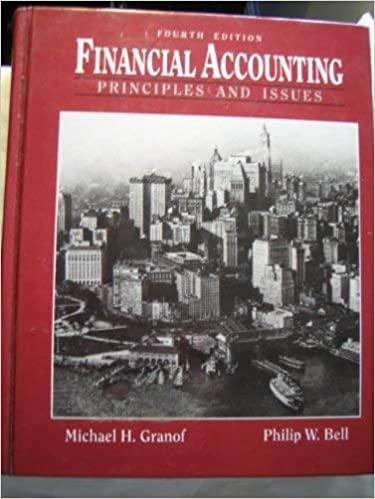
just a,b and c please! and exlanatikns for the calculations
22 Canadian Managerial Accounting Cases 5.3 Soap Makers International Contributed by Mary M. Oxner PhD, CA, CFA Associate Professor, Gerald Schwartz School of Business, St. Francis Xavier University, Antigonish Several years ago, Ingrid Krause wanted some international experience and applied for a transfer to her company's soap division, which is located south of Warsaw, Poland. The soap division manufactures hand soap for use in a large number of settings, from hospitals to luxury hotels Ingrid was awarded the transfer to the soap division and was assigned to the accounting department . She is responsable for overseeing the cost ing and profitability analysis of the various soaps and soap-making processes. During her teure in the scap division, there were numerous changes in the number of soups manufactured and the processes to make the different soups. Consequently, Ingrid's position required her to consider changes in the accounting system to reflect the changes in the soap division's business For several decades, the company's soap-making process required a large labour force that manufac tured and packaged the soap mostly by hand Local economic changes meant that the labour force that the factory required was not as available as it had been in the past. As a result, the division was experiencing significant employee turnover, which often resulted in increased expenses related to training new hires, slower processing time, and more soap being rejected during inspections because of quality concerns. To address the issues related to the lack of labour availability, the divisions management decided three years ago that automation was the way to go. Consequently, over the last three years, the scap-making processes have changed with the implementation of automation The automation of the soap-making process has allowed for a much larger variety of soap and packag ing a reduced direct labour force and direct labour costs, and a higher level of traceability of costs to the various soaps because of technological improvements. Soaps made for industrial applications require dif ferent ingredients, less time in processing less time in finishing and less time in and cheaper packaging than do soaps made for the hotel industry. The costs of materials and packaging are directly traceable to the various types of soaps through new software that uses bar codes and counters to trace direct material costs to the various soaps directly Ingrid feels that the current costing system should be revisited. The cost driver for allocation of the overhead costs (such as supervisory salaries and plant utilities) has always been direct labour cost. However, given the decline in the use of labour due to automation, Ingrid is questioning its suitability as a basis of allocation, Ingrid would like to explore activity based costing to allocate overhead costs. Ingrid has gathered cost data for two representative soaps one sold to hospitals and one sold to hotels Further, Ingrid has gathered data from the automated system on the amount of time cach type of soap spends in the three manufacturing processes processing, finishing, and packaging. The soap is produced in large batches, consequently, the data are adjusted to reflect the werage cost per 100 g of soap. The data by type of soap for one monthis production are in Exhibit 13 Required Prepare a report for Ingrid Krause that addresses her interest in exploring an activity-based costing (ABC) system while including the following: (a) Is Ingrid's exploration of changing her cost allocation of overhead from a traditional approach (one cost driver for allocation) to an ABC approach (multiple cost drivers applied to multiple cost pools) justifiable? If so, explain to her why it is. (b) Calculate the costs of direct material, direct labour, and overhead) for each of the two representa- tive types of soap using direct labour cost as the base for the allocation of overhead. (c) Calculate the costs of direct material, direct labour, and overhead) for each of the two representa- tive types of soap using an ABC approach for the allocation of manufacturing costs. (d) Do the cost allocation calculations provide support for an ABC approach? Explain. (e) Would you advise Ingrid Krause to continue with her traditional costing approach or change to an ABC approach? Explain. EXHIBIT 1 - COSTS FOR ONE MONTH'S PRODUCTION OF SOAP Costs per 100 g Soap Cost Components Total Industrial Soap (Hospital) Luxury Soap (Hotel) $0.80 $0.40 50.10 $0.60 $0.15 50.14 Direct materials Packaging Direct labour Manufacturing Processing Finishing Packaging 54,000,000 $2,000,000 $750,000 $5,000,000 $2,500,000 $1,500,000 $1,000,000 EXHIBIT 2 - TIME REQUIRED FOR ONE MONTH'S PRODUCTION OF SOAP Time Components Total Time per 100 g Soap Industrial Soap (Hospital) Luxury Soap (Hotel) Processing 750,000 seconds 0.2 second 0.4 second Finishing 300,000 seconds 0.03 second 0.4 second Packaging 100,000 seconds 0.006 second 0.5 second

 just a,b and c please! and exlanatikns for the calculations
just a,b and c please! and exlanatikns for the calculations





